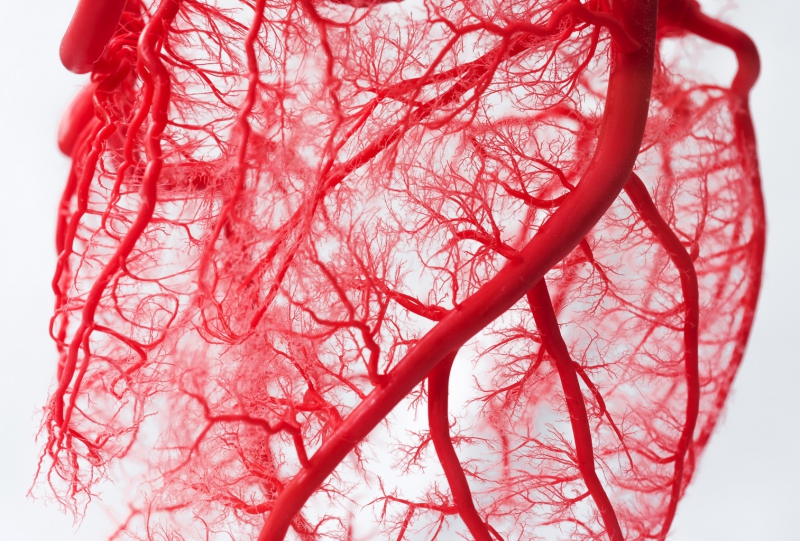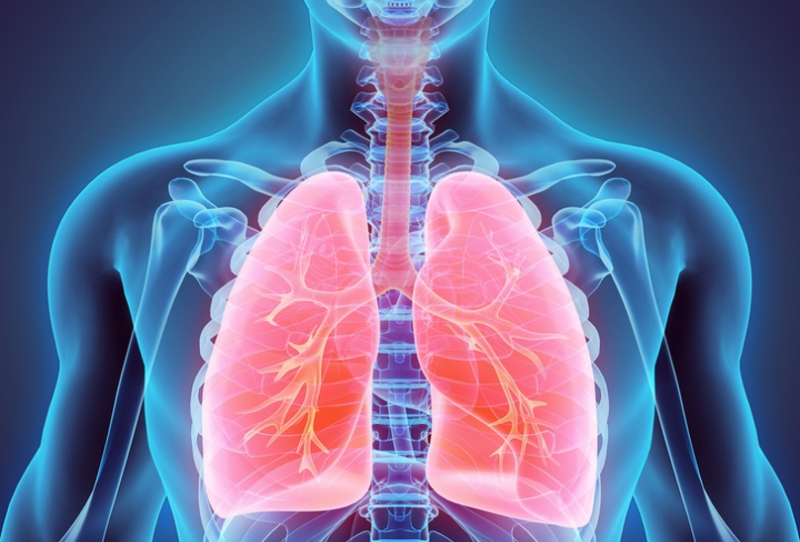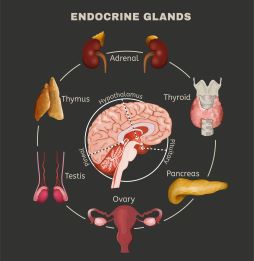OMB # 0925-0768
Expiration Date: 11/30/2023
Public reporting burden for this collection of information is estimated to average 60 minutes per module, including the time for reviewing instructions, searching existing data sources, gathering and maintaining the data needed, and completing and reviewing the collection of information. An agency may not conduct or sponsor, and a person is not required to respond to, a collection of information unless it displays a currently valid OMB control number. Send comments regarding this burden estimate or any other aspect of this collection of information, including suggestions for reducing this burden, to: NIH, Project Clearance Branch, 6705 Rockledge Drive, MSC 7974, Bethesda, MD 20892-7974, ATTN: PRA (0925-0768). Do not return the completed form to this address.
Bench to Bedside: Integrating Sex and Gender to Improve Human Health was developed in partnership with the Food and Drug Administration (FDA) Office of Women's Health (OWH) to explore sex- and gender-related differences in key disease areas. Click here for information on course authors, reviewers, and leadership.
Through the joint providership of Johns Hopkins University School of Medicine and NIH, the Accreditation Council for Continuing Medical Education has designated Bench to Bedside: Integrating Sex and Gender to Improve Human Health for a maximum of six American Medical Association Physician Recognition Award (AMA PRA) Category 1 CreditTM. The following credentialing bodies that accept AMA PRA Category 1 CreditTM include the American Nurses Credentialing Center, the American Academy of Nurse Practitioners National Certification Program, and the National Commission on Certification of Physician Assistants. Click here for further instructions on CME credits.
Module 1: Immunology
 Through a focus on autoimmune diseases, asthma, and vaccine responses (especially the influenza vaccine), this module gives learners the knowledge to:
Through a focus on autoimmune diseases, asthma, and vaccine responses (especially the influenza vaccine), this module gives learners the knowledge to:
- Describe key epidemiological data associated with sex differences in the prevalence and outcomes of immunological disease, as well as vaccine efficacy and acceptance.
- Identify the tools available to study sex differences and their outcome measures in preclinical models.
- Describe clinical studies related to sex effects on therapeutic treatments of immunological disease, as well as the efficacy of vaccines.
- Recognize knowledge gaps and biases associated with our understanding of sex differences in immune responses.
Module 2: Cardiovascular Disease
 This module explores sex and gender differences in cardiovascular disease via three major topics: heart failure with preserved ejection fraction (HFpEF), coronary microvascular dysfunction (CMD), and spontaneous coronary artery dissection (SCAD). After completing the module, learners will be able to:
This module explores sex and gender differences in cardiovascular disease via three major topics: heart failure with preserved ejection fraction (HFpEF), coronary microvascular dysfunction (CMD), and spontaneous coronary artery dissection (SCAD). After completing the module, learners will be able to:
- Identify gaps in research methodologies and public misconceptions associated with sex differences in cardiovascular disease.
- Identify sex differences in the presentation, risk factors, and pathophysiology of representative cardiovascular diseases.
- Describe how sex differences in risk factors and pathophysiology affect cardiovascular patient outcomes and disease management.
- Describe steps required to improve diagnosis and treatment of cardiovascular disease in women and men.
Module 3: Pulmonary Disease
 The pulmonary disease module focuses on sex and gender differences in pulmonary diseases, including idiopathic pulmonary fibrosis (IPF), chronic obstructive pulmonary disease (COPD), and pulmonary arterial hypertension (PAH). After completing the module, learners will be able to:
The pulmonary disease module focuses on sex and gender differences in pulmonary diseases, including idiopathic pulmonary fibrosis (IPF), chronic obstructive pulmonary disease (COPD), and pulmonary arterial hypertension (PAH). After completing the module, learners will be able to:
- Identify sex differences in the presentation, risk factors, and pathophysiology of pulmonary diseases.
- Describe how sex differences in pulmonary risk factors and pathophysiology affect patient outcomes and disease management.
- Identify opportunities to address gaps in knowledge via future research efforts.
- Describe how insights from pulmonary research can inform research design in other fields of study.
Module 4: Neurology
 With lessons on ischemic stroke, Parkinson’s disease, and epilepsy, this module explores sex differences in neurological diseases. After completing the module, learners will be able to:
With lessons on ischemic stroke, Parkinson’s disease, and epilepsy, this module explores sex differences in neurological diseases. After completing the module, learners will be able to:
- Recognize sex differences in prevalence, symptoms, and treatment effects for neurological diseases.
- Explain the relationship of sex, gender, and age in neurological diseases.
- Recognize hormonal effects on incidence, disease progression, and treatment outcomes.
- Describe preclinical findings on sex differences in neurological diseases.
Module 5: Endocrinology
 The Endocrinology module presents information on sex and gender differences in three conditions: osteoporosis, Type 2 diabetes, and differentiated thyroid cancer. Learners will gain the knowledge to:
The Endocrinology module presents information on sex and gender differences in three conditions: osteoporosis, Type 2 diabetes, and differentiated thyroid cancer. Learners will gain the knowledge to:
- Interpret the epidemiological data on endocrine and metabolic disorders and explain how prevalence and outcomes may differ based on sex.
- Describe preclinical evidence supporting sex differences in endocrine and metabolic disorders and the mechanisms involved.
- Explain the impact of sex differences on the clinical presentation and treatment of endocrine and metabolic disorders.
- Detail the knowledge gaps in endocrine and metabolic research and develop ideas for future preclinical or clinical research studies.
Module 6: Mental Health
 This module explores two mental health disorders with pronounced sex differences: major depressive disorder and autism spectrum disorder. After completing the module, learners will be able to:
This module explores two mental health disorders with pronounced sex differences: major depressive disorder and autism spectrum disorder. After completing the module, learners will be able to:
- Identify sex and gender differences in the presentation, risk factors, and pathophysiology of mental health disorders.
- Characterize the epidemiology of mental health disorders, with a focus on sex as a relevant biological variable.
- Describe how preclinical models and clinical studies have provided greater understanding of pathology and mechanisms involved in mental health disorders and sex differences.
- Identify gaps in our understanding of sex differences in mental health disorders.

